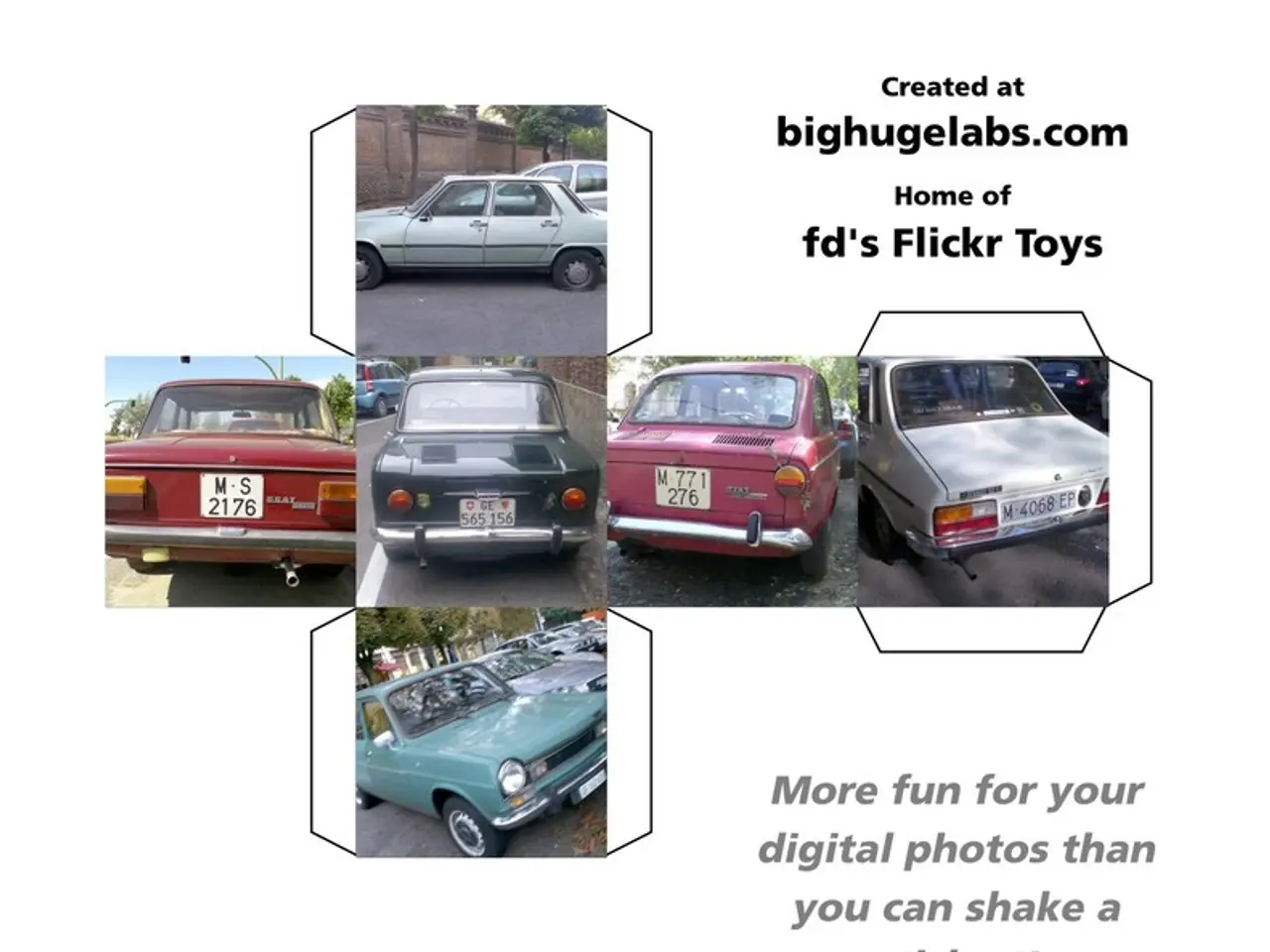Slower Electric Vehicle Adoption in India Compared to US, EU, and China, According to a NITI Aayog Report
The "Electric Vehicles in India: Unlocking a USD 200 Billion Opportunity" report by NITI Aayog highlights the challenges and proposes solutions to accelerate India's transition to electric vehicles (EVs).
The report identifies several obstacles hindering India's EV transition, such as high capital costs, financing difficulties, inadequate charging infrastructure, low consumer awareness, data limitations, and regulatory bottlenecks.
One of the key challenges is the high cost of electric buses and trucks, which are 2-3 times more expensive than diesel alternatives. Small fleet operators often face loan interest rates of up to 18% for e-trucks, compared to 12% for diesel vehicles.
Another issue is the poor utilization of existing charging infrastructure. While India has a moderate number of chargers, poor location planning, high user costs, and land access issues hinder mass adoption. The report also notes that consumer awareness of the total cost of ownership (TCO) benefits of EVs is low, with many focusing on high upfront prices instead of long-term savings.
Data limitations and regulatory bottlenecks are another concern. Incomplete vehicle registration data and the absence of unique battery identity numbers impair effective policy design, resale tracking, and recycling ecosystems. Fragmented regulatory and state policies and over-reliance on imported battery components also constrain manufacturing and supply chain development.
To address these issues, the report proposes several solutions. These include introducing gentle mandates and disincentives beyond incentives to signal a clear direction for EV adoption, establishing a national EV policy with clear targets and timelines, and setting up a nodal agency in each state to streamline charging infrastructure rollouts.
The report also recommends operationalizing a blended finance fund for affordable EV loans, scaling up and better planning of charging infrastructure, improving data infrastructure, and forming inter-ministerial task forces to resolve regulatory bottlenecks.
The report proposes strategic investments and regulatory reforms to achieve 30% EV sales by 2030. This ambitious target aims to unlock a USD 200 billion economic opportunity.
The report also focuses on the electrification of urban fleets of buses, para-transit, and freight vehicles in five cities. It proposes the development of a robust EV charging infrastructure along 20 high-density freight corridors.
India's EV sales have grown from 50,000 units in 2016 to over 28 lakh units in 2024, but this represents only about 7.6% of the sales in 2024 being electric. To boost EV adoption, the report proposes the establishment of a pooled fund with multilateral support to reduce capital cost barriers for electric buses and electric trucks.
In conclusion, the "Electric Vehicles in India: Unlocking a USD 200 Billion Opportunity" report provides a comprehensive analysis of the challenges and proposes solutions to accelerate India's transition to EVs. The report aims to boost EV adoption in India, electrify urban transport in pilot cities, and establish a national EV policy with clear timelines.
The "Electric Vehicles in India: Unlocking a USD 200 Billion Opportunity" report acknowledges that consumer awareness regarding the total cost of ownership benefits of electric vehicles is low. To increase awareness, the report suggests improving data infrastructure.
Despite the growth of electric vehicle sales in India, achieving 30% EV sales by 2030, as proposed in the report, would unlock a significant economic opportunity. This ambitious goal would revolutionize not only the transport sector but also open up new horizons for sports and recreation, as electric vehicles offer cleaner and quieter alternatives to traditional vehicles.




